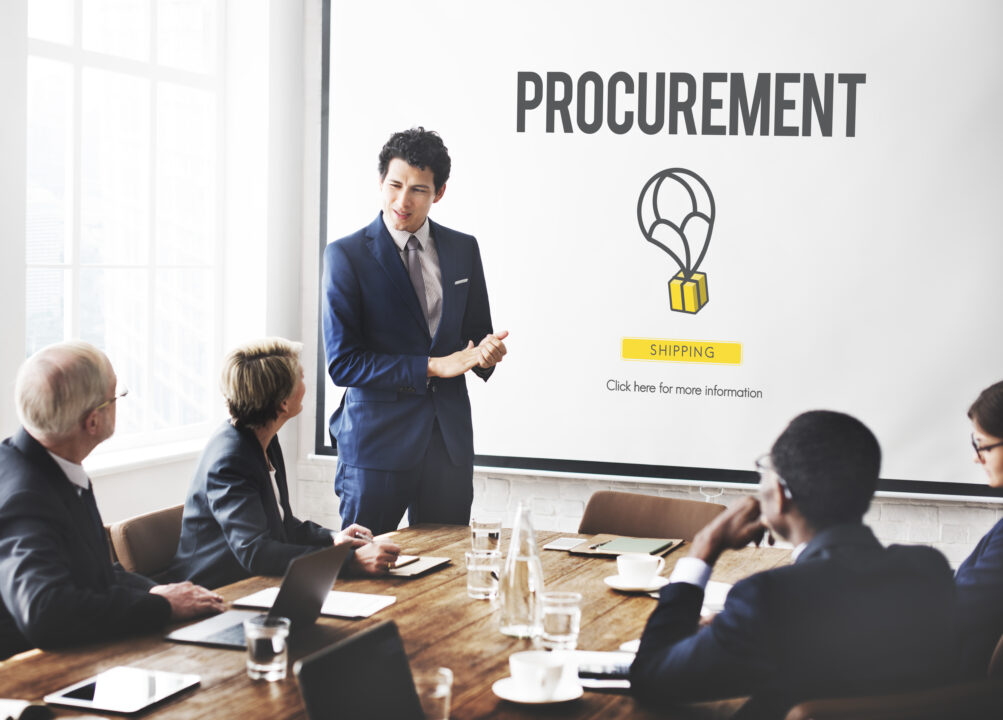A company can only improve its operations if it has a clear view of everything it does. The purchasing process is a key point for any company that has to spend money on its activities. Although it may seem insignificant, it contains information relating to the company’s performance. Are you looking for ways to improve your organisation? Here’s everything you need to know about the purchasing process.
Creating the best conditions
The purchasing process encompasses the actions to be taken when making the expenditure necessary for the smooth running of the business. A company needs to think differently than simply buying from the nearest or cheapest supplier. An optimised purchasing process can have a positive impact on profitability, not only for the current year, but also for future years.
Because this process requires a certain amount of expertise, it has become common for professionals toassign this task to a particular agent, or even to an entire purchasing department. This task is of great importance in terms of making good use of available resources. Purchasing management implies that the staff assigned to it have a range of skills relevant to the task.
Identifying the company’s needs
To find out what resources the company needs, it is first necessary to have an accurate picture of its requirements. To do this, it is essential to have a good understanding of the workings of the company and the goals it wishes to achieve. The purchasing manager ‘s priority must therefore be to draw up a clear picture of the company and the general direction it chooses to take.
With a good understanding of the various logistical workings of a company, it will be much easier to determine the resources required to help it best achieve its objectives. The resources to be acquired must be a good compromise between good quality and prices that are not too excessive. If purchasing management is not administered by dedicated players, there is a risk that expenditure will be managed to the detriment of the quality of the products and services purchased. The opposite is possible, however, i.e. acquiring quality unnecessarily when financial resources do not allow it.


Finding the most compatible suppliers
Once the necessary information has been gathered, the search for the right suppliers begins. To do this, you need to have a good knowledge of the market for professionals who can provide the goods and products you are looking for. A number of details need to be taken into account, including :
- The value for money of the goods on offer,
- The delivery times announcedand those for production,
- The commercial conditions defined,
- Thehistory of the company..
To facilitate the search for suppliers, the purchasing department generally draws up a set of specifications and organises a competitive tendering process. A call for tenders is used to identify potential suppliers who meet the criteria sought by the company. In some cases, the people in charge of purchasing management go directly to the market to evaluate the offers on offer. The approach to be adopted depends essentially on each company.
Defining a purchasing policy and a strategic vision
Purchasing is a management process that needs to be seen in the long term. When choosing a supplier, you need to ask yourself whether you can envisage a future with them. It’s a direct waste of money to have to go through successive calls for competition and searches for new suppliers on a regular basis. Ideally, therefore, you should prioritise suppliers with whom you can envisage long-term collaboration.
This involves comparing your supplier’s ambitions with those of your company, and seeing whether these match up over the coming years. Take a long, hard look at every proposal you receive from a supplier before considering working with them. The measures you need to take to manage your company’s purchasing require in-depth analysis of a number of parameters. On the other hand, when purchasing is well managed, the company benefits greatly.
The purchasing process includes a number of not necessarily straightforward stages. The aim of each stage is to ensure that the final purchasing decision is taken in the best interests of the company. In order to bring together all the general conditions for good purchasing, it is strategic to equip yourself with IT solutions. In addition to ERP software to ensure accounting compliance, equipping yourself with a purchasing management tool is an added bonus for small and medium-sized enterprises (SMEs). E-procurement solutions such as Weproc aim to improve the performance of purchasing processes within these organisations, thanks to intuitive interfaces that meet the needs of SMEs.
Want to learn more about our procurement management software Weproc? Contact us or request your free 15-minutes demo below!


Weproc is a SaaS software specialized in digitizing the procurement process of companies. From purchase requests to supplier invoicing, through the validation process, Weproc is designed to simplify the purchase management of SMEs and mid-sized companies by centralizing all purchase-related activities.






